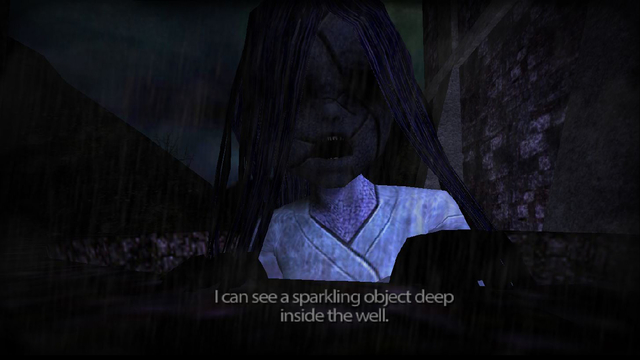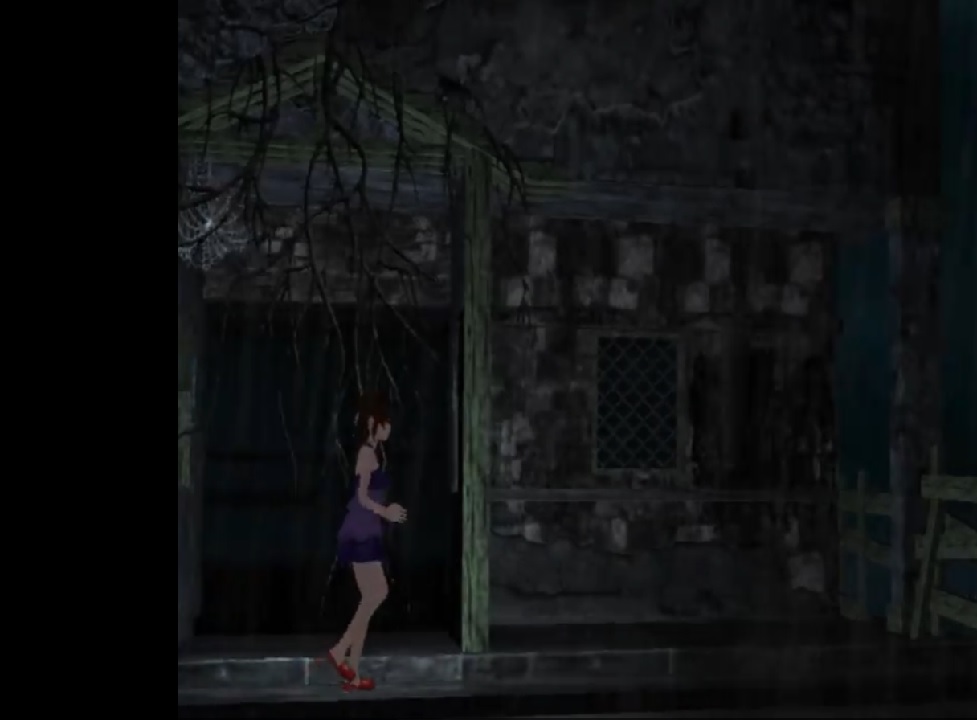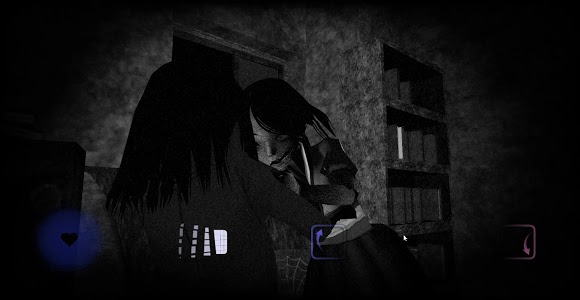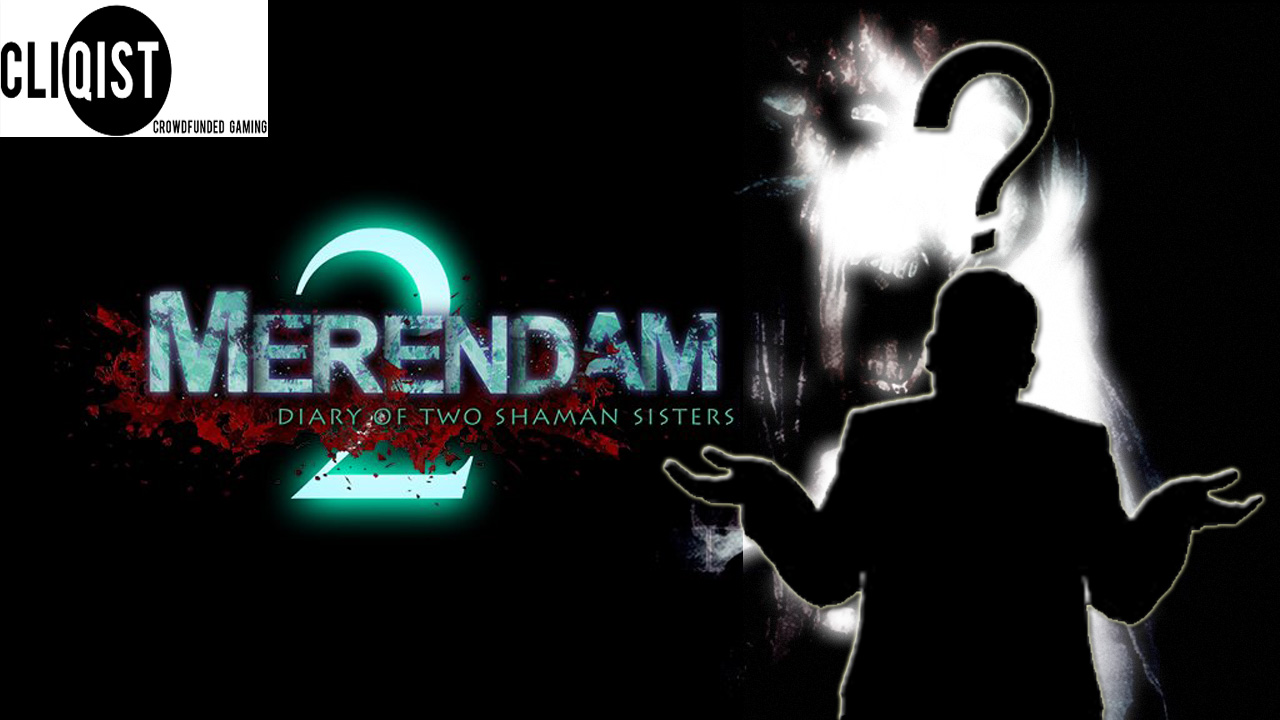As I’ve mentioned previously, Kickstarter gives any studio the chance to get their game successfully funded. Coupled with a strong social media presence and excellent rewards, the only thing that can stop a strong campaign dead in its tracks is the developer, which leads me to the big question here: what happened to Merendam 2: Diary of Two Shaman Sisters?
Launched April 19th, 2016, Merendam 2 is a horror game that tasks the player with escaping a decayed town filled with murderous ghouls. Developer Youngnam stated that the game would include puzzle-solving and dread-inducing elements inspired by Five Nights at Freddy’s, The Room and Limbo.
Slated for release on mobile devices and touted across various sites like Android Pit and Blog Job, the project only raised a measly $15 and the developer was never heard from again.
As a long-time fan of horror games like Clock Tower and Resident Evil, I was excited when I first heard about this game and deeply pained when I discovered that it fell so short of its goal.
So what exactly happened with Merendam 2? Put on your tinfoil hats and follow me down the rabbit hole of a gloriously failed Kickstarter.
Who’s Sejong Kim?
Over at the aforementioned Android Pit, Sejong Kim is the name of the original poster. At the end of the post, the name Erocona Team appears. Not much information on this team exists except for what’s on their Facebook Page, but if it is to be believed, development of Merendam 2 is still underway, without a Sejong Kim in sight.
Over on the developer’s Kickstarter bio, links are provided that point to Facebook, Twitter and YouTube, but curiously, the Google+ link is broken. A click through the link present on the Twitter profile takes users to a different Facebook Page, but this one hasn’t been updated since April 21st, with its last post being the promo video for Merendam 2.
Among all of these profiles, the name Sejong Kim doesn’t appear once. For the record, some developers for AAA studios go by aliases to prevent them from being lured away by the competition or tipping off their “real job” bosses of their totally awesome hobby.
However, with Merendam 2, there doesn’t appear to be a lot of interaction between the developer and whoever else they’re communicating with, whether it be a site owner, fellow developer, or even a backer.
Even the one lone comment on the Kickstarter Page has yet to receive a response. The only place that I was able to find the name Sejong Kim was on a defunct Indiegogo page, where $157 was raised towards a $20,000 goal and the bio contains just as little information as the Kickstarter.
Even though it may be cool to be an unseen face fighting the good fight, there is such a thing as too much anonymity, and cryptic posts peppered across multiple sites with little background can leave a bad taste in the mouth of would-be backers.
Spamming Social Media
 Any part of a winning social media strategy is to be engaged with your target audience. In the case of Quench, Tabby threw herself out there and attended conventions, backed and promoted projects by fellow developers and casually chatted with backers on Twitter.
Any part of a winning social media strategy is to be engaged with your target audience. In the case of Quench, Tabby threw herself out there and attended conventions, backed and promoted projects by fellow developers and casually chatted with backers on Twitter.
However, with Merendam 2, the exact opposite is true. Their Twitter feed is filled with self-promotional content and zero interaction. This strategy may work for big-name developers, but for many indies who are just starting out, their official profiles started only a few months before launch and they simply can’t afford to be an inhuman spam bot.
Granted, when you’re anxious to raise funds, it can be easy to fall into the trap of spamming what little followers you’ve gained, but that’s no excuse not to interact with those that share your passion.
 If I were a developer pouring my heart and soul into a game I love, I’d be tickled to interact with my fans and discuss what we all nerd out on the most: video games.
If I were a developer pouring my heart and soul into a game I love, I’d be tickled to interact with my fans and discuss what we all nerd out on the most: video games.
When the only function of your social media accounts is to continuously share every little detail of development and not even give out a simple “thank you” when a compliment is given, they may as well not exist.
It’s okay to be an island at times, but when you’re trying to secure funds for game development, silence is certainly not golden and spam will always suck.
Too Many Online Profiles
 In line with anonymous posts on sometimes questionable sites as well as possessing the silent stoicism of an Easter Island statue, there is also such a thing as developers stretching themselves too far.
In line with anonymous posts on sometimes questionable sites as well as possessing the silent stoicism of an Easter Island statue, there is also such a thing as developers stretching themselves too far.
As a regular internet citizen myself for well over five years, simply put: not every social media site works for everybody. For example, people who like to post pictures along with longer text posts tend to enjoy Instagram more so than Twitter, where they’re subjected to 150 characters per tweet.
With Merendam 2, it seemed that everything was in place. With the first Merendam getting the Greenlight on Steam, it definitely shows that there are gamers out there who may be interested in the sequel. So why the abysmal outcomes on both Kickstarter and Indiegogo?
The comments section on the Steam page are not very encouraging, with many users expressing frustration at not being able to play the game on Steam or being unable to click away from an update GUI on the free version. But again, Steam is yet another social media platform that developers have to interact on among the ten others that they may have in their stable.
In my experience, the best types of shares are the ones that are gained organically. Creating a large amount of online profiles tends to create more questions than answers from backers, leaving the developers scrambling to answer mentions and overall dilutes the vision of the developer, aside from just being sloppy.
Despite it All, Merendam 2 May Still Happen
 As I’ve mentioned previously, Kickstarter is an “all or none” type of thing. A few dollars can spell success or disaster, but with Indiegogo, it’s a little different. Developers have the choice to select either a fixed or flexible goal, with Merendam 2 electing the latter.
As I’ve mentioned previously, Kickstarter is an “all or none” type of thing. A few dollars can spell success or disaster, but with Indiegogo, it’s a little different. Developers have the choice to select either a fixed or flexible goal, with Merendam 2 electing the latter.
It’s hard to say whether or not that $157 dollars will help the Erocona Team make Merendam 2 a reality, but at least between the two platforms, developers can pick which one works for them.
Though their project has failed the last two tries, it would appear that this somewhat anonymous bunch is plowing forward with development. If so, I would strongly admonish Erocona to continue development and return to the drawing board to come up with a funding plan that’s a little bit more on the comprehensive side.
 All in all, these latest flailings come off like an amateurish marketing effort perpetrated by a development team with a lot of potential to make something amazing.
All in all, these latest flailings come off like an amateurish marketing effort perpetrated by a development team with a lot of potential to make something amazing.
If Merendam 2 somehow gets lost in the sands of time, I hope someone else comes along and takes up the bloodstained torch. Or just give me a copy of NightCry when it comes out!






